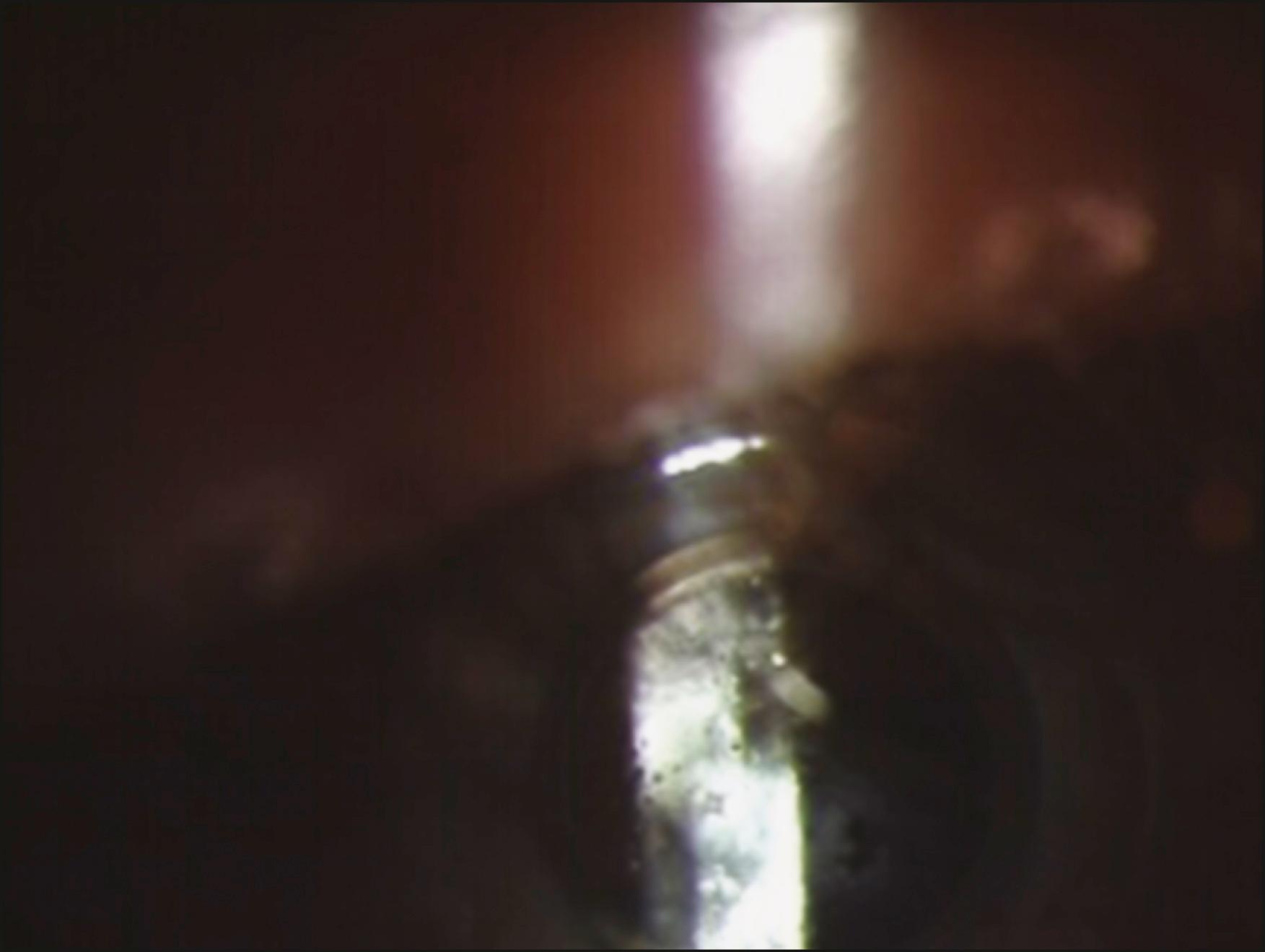Physical Address
304 North Cardinal St.
Dorchester Center, MA 02124
The keratoprosthesis (KPro) may have expanded indications, but there remain many difficulties in its postoperative management.
The KPro is not ideal for patients with severe ocular surface disease, such as Stevens-Johnson syndrome, mucous membrane pemphigoid, and severe chemical injuries that are at risk for greater adverse events.
Retroprosthetic membrane formation is the most frequent complication after KPro surgery.
Accurate assessment of intraocular pressure is difficult in KPro patients, and long-term vision loss primarily from glaucoma is a challenge.
Patients have a lifelong risk of endophthalmitis. Compliance with topical antimicrobial prophylaxis must be emphasized to patients.
Posterior segment complications are not infrequent and are associated with poor visual outcomes.
Continued close follow-up after management of infectious keratitis is crucial because these eyes are at higher risk for corneal melt.
Corneal melts or sterile keratolysis can result in damage to the ocular structures, leading to permanent vision loss or loss of the globe.
A multi-subspecialty ophthalmology team is needed to manage adequately the complications that can arise after KPro surgery.
The most commonly implanted type of keratoprosthesis worldwide is the Boston KPro type 1 with 1163 implanted in 2013 (personal correspondence, Dr. Claes Dohlman). Most of the KPro outcomes reported in the literature have used the pseudophakic or aphakic two-piece device consisting of a front plate with optical stem and a polymethylmethacrylate (PMMA) disk-shaped 8.5 mm diameter back plate, with a central aperture and 8–16 small diameter peripheral holes. A titanium ring is used to lock the back plate onto the stem, and a piece of donor corneal tissue, with the center 3 mm trephined, serves as a carrier between the front and back plates. A large diameter soft contact lens is worn indefinitely to protect the corneal surface.
In recent years, there has been an effort to broaden the indications for KPro surgery. While the KPro has been successful in restoring sight dramatically in those with corneal blindness and without other options for visual rehabilitation, it is crucial to acknowledge that patients remain at lifelong risk for vision-threatening complications. Especially at risk are those with chronic ocular inflammation from severe ocular surface diseases such as Stevens-Johnson syndrome (SJS), mucous membrane pemphigoid (MMP), and chemical injuries. , This chapter reviews the various complications that can arise after implantation of the Boston KPro type 1.
Retroprosthetic membrane (RPM) formation is the most common complication after KPro implantation, where a proliferation of fibrovascular tissue grows to occlude the optic internal surface, leading to decreased vision ( Fig. 158.1 ). Treatment using a YAG laser (as for a posterior capsule opacity) will often suffice, but advanced cases where the membrane is extremely thick may require surgical excision and removal. Stacy et al. reviewed the literature and noted an incidence of RPM formation to range from 25% to 65%. In that study, histologic analysis determined that the RPM is likely from downgrowth of host corneal stromal tissue through the gap of the posterior wound. Metaplastic lens epithelium and iris stroma also contribute. Risk factors for RPM development include patients receiving a KPro for infectious keratitis and aniridia, as well as the presence of anterior segment inflammation, previous keratitis, simultaneous performance of other intraocular surgeries at the time of KPro implantation, and a history of retinal detachment.

Newer KPro designs may improve the rates of RPM. The titanium back plate is associated with less frequent RPM formation than the traditional PMMA material in a multicenter study: 41.8% (33/55) eyes with PMMA back plates versus 13% (3/23) eyes with titanium back plates developed an RPM at 6 months after KPro ( P = .014). A study examining six patients with an oversized 9.5 mm diameter KPro back plate versus 10 patients with the traditional 8.5 mm back plates found that none of the patients with a larger back plate developed a significant RPM during 12 months of follow-up. The covering of the graft–host junction on anterior segment optical coherence tomography (OCT) imaging demonstrated a reduction in RPM formation and iris synechiae to the wound. Some surgeons advocate pars plana vitrectomy at the time of KPro implantation as a means to reduce RPM formation.
Become a Clinical Tree membership for Full access and enjoy Unlimited articles
If you are a member. Log in here